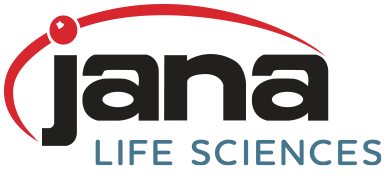What is Data Conditioning and Cleaning?
Data conditioning and cleaning are two different concepts that are closely related. Both are designed to optimize the integrity of data and make its management more conducive to the goals of the company. While each of these techniques can be used in isolation of one another, having them completed in tandem is the best choice for many businesses.
Data Conditioning
Simply put, data conditioning optimizes the movement and management of data in order to protect it and increase its productivity. Using specialized techniques designed to route, optimize and protect stored data or data as it moves through a computer system, data conditioning allows both cloud and enterprise data centers to significantly increase the allocation of system resources while boosting application performance. The result is a reduction in both operating costs and capital expenditures.
A data conditioning platform is used to deliver data optimizing services as the information moves through the data path — also known as an I/O bus — that connects the computer’s main processor and the subsystems that are dedicated to storage or through the machine’s input/output (I/O) path. In most cases, this platform is conveniently located on a card that slides into the applicable slot of the server. In addition to convenience, this card also provides the flexibility needed to add new features to the data center or server.
Data conditioning is designed to complement the data storage functionality that’s already present within the server or data center. New capabilities that support the data center’s goals can be delivered via storage controllers that lie along the I/O path. Strategies designed to improve and manage system-level and hardware capabilities as well as storage and server utilization can also be applied.
Any environment that is subjected to demanding computational needs can benefit from data conditioning with the result being significant increases in system utilization efficiencies and performance while reducing costs and performance risks.
Data Cleaning
Data cleaning — which is sometimes also referred to as data cleansing — is a technique that searches for and corrects records that are inaccurate or corrupt. These records can be found in a variety of applications including a table, database or record set. Once the parts of the data that are deemed to be irrelevant, incorrect or incomplete are located, they are deleted, replaced or modified.
There are a number of ways that corrupt, incomplete or inaccurate data can exist including user error, its corruption during storage and/or transmission or differing definitions used for similar entities. Data wrangling tools or batch processing via scripting can be used for data cleaning. Techniques that are used during data cleaning include data standardization which uses standard codes to ensure that all data matches and data enhancement which adds more data to an entry by appending related information.
There are a number of reasons why a company might consider data cleaning. Decisions, such as those regarding investments, fiscal choices and marketing, that are made based on the conclusions drawn from inaccurate data could result in a loss of productivity, revenue and other key elements.
Data cleaning ensures that the data meets the criteria for high quality including being valid according to its particular category, complete, accurate, uniform and consistent. Quality screens are diagnostic filters that each data flow must meet or it is registered as a failure. Of the three quality screens — column screens, structure screens and business rule screens — business rule screens are the most complex. Data is often tested across multiple tables to ensure that it adheres to specific business rules.
Three things could happen if the quality screen detects an error. The data flow process could be stopped or the inaccurate data sent elsewhere. The other — and preferred — option is for the data to be tagged. This allows the data to be examined in batches before making a decision regarding its fate. There are a number of benefits the businesses can look forward to after data cleaning including consolidating multiple data sets, detecting and removing duplicate records and fixing discrepancies.
